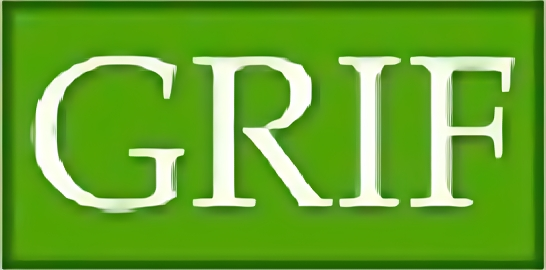
Timeline

Project Status & Information
Status
As of July 2024
Governance

GLSC

FAO
Financial Performance
As at July 2024
Capacity Development
Results
using LIDAR
Capacity Development

Background
The Mainstreaming Sustainable Land Development and Management project seeks to transform current land management practices in Guyana to ensure sustainability in land management systems and streamline the provision of land services to land-users and decision-makers and to foster long-term economic, social and environmental development in the country.
The project has four target outcomes:
- Outcome 1: Sustainable Land Development and Management (SLDM) Mainstreamed in Policy, Institutional and Governance Mechanisms to Prevent Degradation and Restore Degraded Lands
- Outcome 2: – Strengthened Institutional and Human Capacity for Participatory and Integrated SLDM. Status
- Outcome 3: Local Governance Strengthened in 3 Regions for Implementing SLDM
- Outcome 4: Project Management Structures and Mechanisms Including M&E Framework Strengthened
CURRENT RESULTS
The Mainstreaming Sustainable Land Development and Management project in Guyana has achieved several significant milestones in its efforts to reform land management practices and enhance land services.
The project successfully completed and initiated the implementation of the National Spatial Data Infrastructure (NSDI) Action Plan. Developed under the Integrated Geospatial Information Framework (IGIF), Guyana became the first country to receive approval for its NSDI under the United Nations Committee of Experts on Global Geospatial Information Management IGIF. This achievement is expected to streamline the sharing, updating, and analysis of geospatial data among various agencies, thereby enhancing the data management process. Further, the National Topographic Base mapping is being updated with Light Detection and Ranging (LIDAR); a complimentary, ongoing output of the SLDM project.
The completion of the National Land Use Policy Paper represents another significant accomplishment. This document, submitted to the Government of Guyana, addresses key aspects of policy, legal, and institutional frameworks related to land, as well as international conventions. It serves as a guiding resource for policymakers, outlining current challenges, future visions, and strategic directions for the land sector in Guyana.
Strategic planning efforts have also been a focus of the project, resulting in the development of a comprehensive five-year Strategic and Business Plan and an Annual Business Plan for the GLSC. These plans offer a structured approach to enhancing operational efficiency, ensuring financial sustainability, and achieving the Commission’s strategic objectives. By drawing upon best practices and innovative strategies, these plans aim to equip the GLSC to effectively address emerging challenges in land management.
These plans and policies have significantly improved the GL&SC’s land administration and GIS services. With the project’s technical support, GLSC is upgrading its land information system to a new integrated workflow-based system, which will combine spatial and non-spatial lease data and other land tenure records to create a tenure security system. This will help to accelerate the digital processing of lease applications, and an enhanced internal spatial database will be crucial to this upgrade. To date, a number of modules are partially developed, and once completed, the total eleven (11) proposed modules would offer all the functions necessary to efficiently process land leases. NextGen is a web-based system that does not require user installation or complicated deployment. To Guide this work, standard operating procedures are also being developed.
In terms of infrastructure development, the project has undertaken construction and rehabilitation works at GLSC regional offices in strategic locations such as Mabaruma, Port Kaituma, Black Bush Polder, and Bartica. These efforts aim to meet the increasing demand for decentralized land administration services, thereby improving accessibility and effectiveness in delivering land-related services to citizens across different regions. Moreover, the project has leveraged advanced technology, including Light Detection and Ranging (LIDAR), to update base maps in Guyana. The LIDAR mapping has resulted in terrain data, aerial imagery, and extracted features that will serve as the national base map. This updated base map is crucial for various agencies and projects, including hydrographic, housing, environmental, agriculture, and forestry sectors. Covering 545 km2 of the urbanized area and 15,736 km2 of rural area, the updated base maps will facilitate better urban and rural planning, management of agricultural land, natural resource management, conservation efforts, and more.
Notably, the project conducted training sessions for 240 individuals from the Guyana Lands and Surveys Commission (GLSC) and government agencies. The training focused on improving institutional capabilities related to the application of land policy and regulatory frameworks, aiming to facilitate informed decision-making concerning sustainable land use across all sectors in Guyana. Additionally, eighteen (18) staff from the GL&SC and other land-related agencies has benefited from the Diploma in Land Administration Program at the University of Guyana.
Land degradation diagnostics have been conducted in pilot regions using the SEPAL platform to identify land cover changes. This was complemented by soil analysis and field work for three pilot sites in Regions 4, 7, and 10. The assessments were completed, and recommendations for intervention were developed.

